In this post I wanted to share my experience with taking bonsai to the Green Club in Tokyo, how things are setup there, and a few first impressions .There are many blog posts explaining what the Green Club is so I will not go in depth here. Don’t worry, there will be plenty of bonsai pictures too.
Several days after the Kinbon photoshoot at Daijuen, activities shifted to preparing trees to take to the Green Club,which among other things serves as the bonsai sales area during Kokufu-ten.
The afternoon before we left was spent getting everything thing organized and loaded in the van. I was amazed at how efficiently the van was loaded.Each square inch of space was maximized to ensure everything fit and it would make the 3 hour trip undamaged.
The van also had a custom self installed, doubling the number of trees we could take. We finished just after sunset and hit the sack in preparation for an early start the next day.
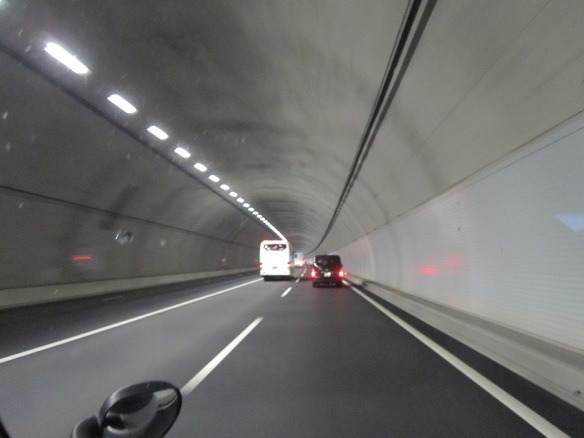
Aichien crew in the black van, leading the way through one of the many tunnels we encountered on the Tomei Expressway.
Before leaving Daijuen we were joined by Mr. Suzuki’s son-in-law, Mr. Tanaka of Aichien and two of his apprentices, Juan Andrade and John Milton. They too had a van loaded with bonsai and together we would roll convoy to Tokyo.
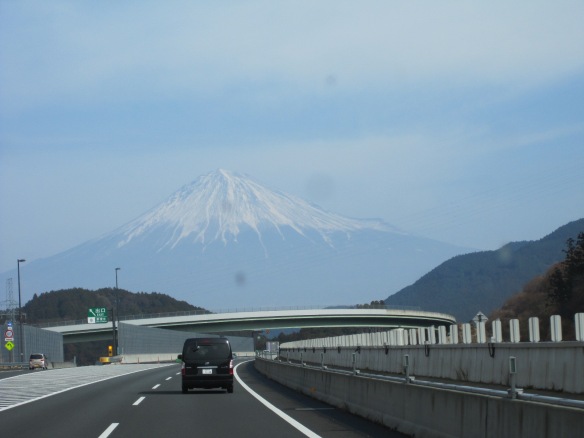
My first view of Mt. Fuji, I would drive past the mountain another 5 times through out my trip but would not see it again until I was on the plane headed back home.
The Green Club was a buzz with activity upon our arrival. Vans jockeying for position to unload, display tables being set up, and apprentices trying to anticipate what needed to be done.
 Setting up the sales tables proved to be a group effort. The apprentices began unloading the trees as the sempai’s discussed how to arrange the trees.
Setting up the sales tables proved to be a group effort. The apprentices began unloading the trees as the sempai’s discussed how to arrange the trees.
 This resulted in us having to re-position trees several times before the most senior man, Mr. Suzuki (on the right) was satisfied.
This resulted in us having to re-position trees several times before the most senior man, Mr. Suzuki (on the right) was satisfied.
Once the tables were setup we had some “free time” to look around but did not stray to far in case something needed to be lifted.
Here are a few observations from my time spent at the Club.
We often don’t think of bonsai as a business. For most of the world bonsai is a hobby, something we do for fun. As someone who makes his living caring for bonsai I had some idea of the professional bonsai world, but coming to Japan made me very aware of the business of bonsai.
For the top bonsai professionals in Japan the Green Club during Kokufu is very important to their livelihood. Selling trees and attracting clients is how these men feed their families. First and foremost its about sales. The Kokufu-ten draws people from all over world, many of whom are coming to shop for bonsai at the Green Club. This influences which trees are brought to sale.
You can think of each professional as a fisherman using his best lure to catch the biggest fish. Currently the biggest fish come from China, the recent growth of the Chinese economy has brought an appetite for high-end trees and pots. Therefore the lures used appeal to these fish the most, and the most appealing lures are big. As I walked around on the first floor I noticed that each pro had at least one massive tree for sale.
Another major component is the Green Club provides an opportunity for each nursery to show off their stuff. I heard on several occasions that the trees in the Green Club would be better that those in the exhibit. In many instances this was true.Sale trees consisted of historic bonsai, previous Kokufu winners, famous trees recently restyled, and bonsai previously unknown in the community. The point is to let everyone else know that you still have the skills to pay the bills. After all, the green in Green Club doesn’t just refer to the color of the trees.

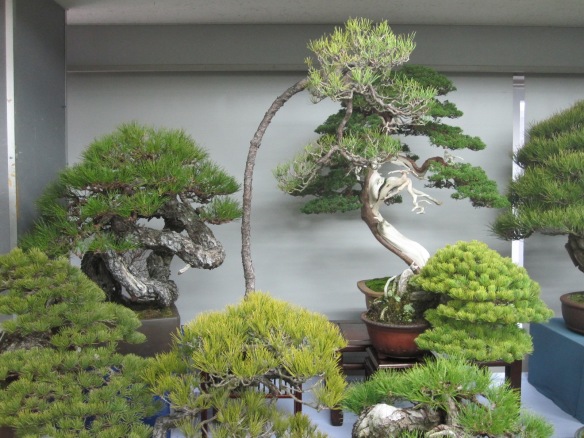

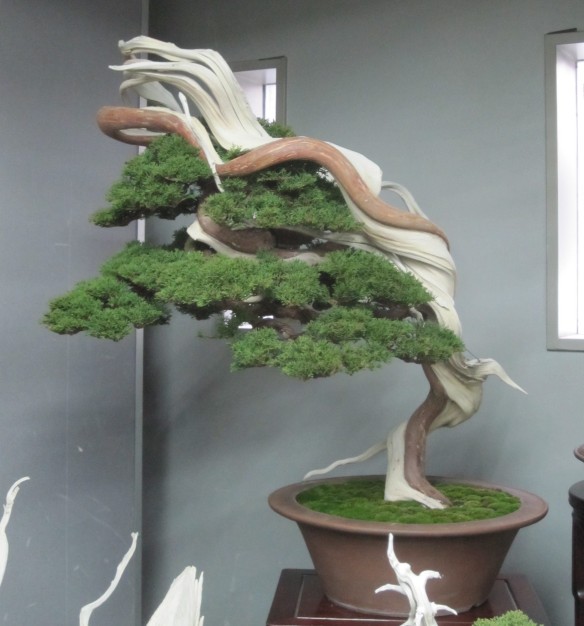
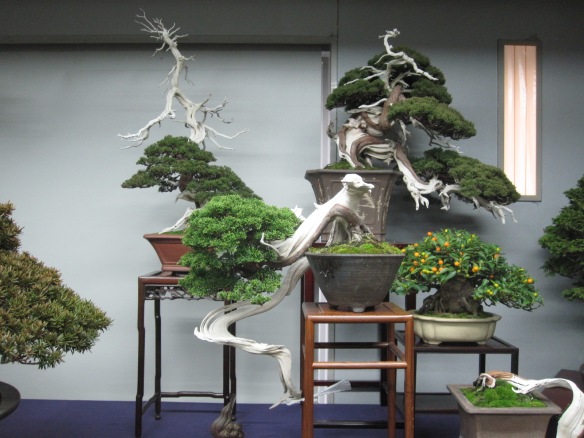
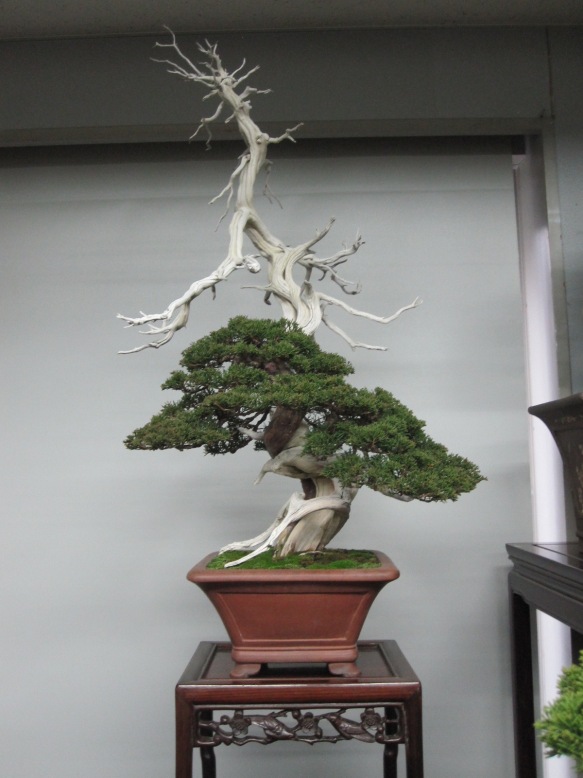
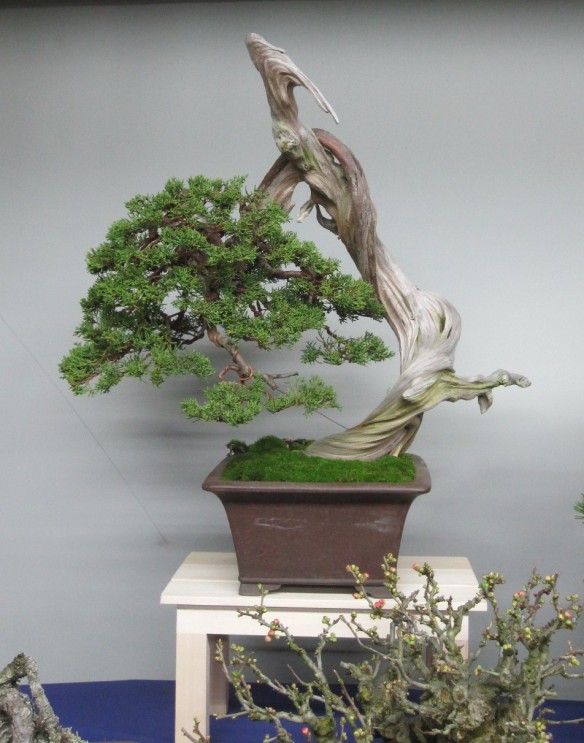
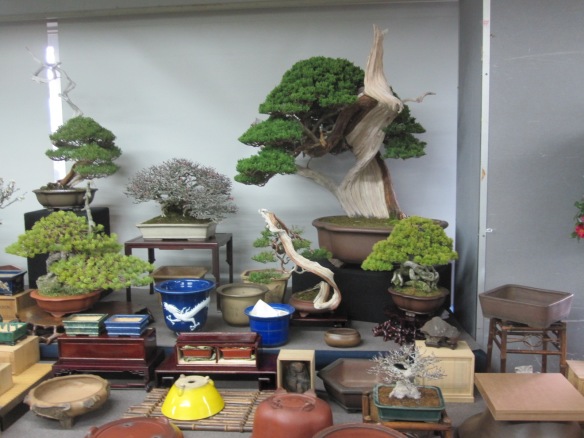
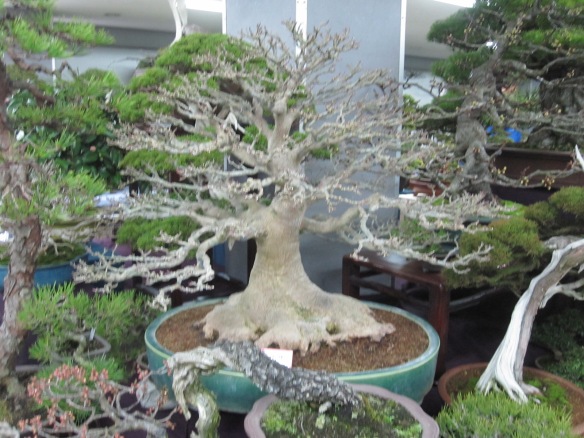
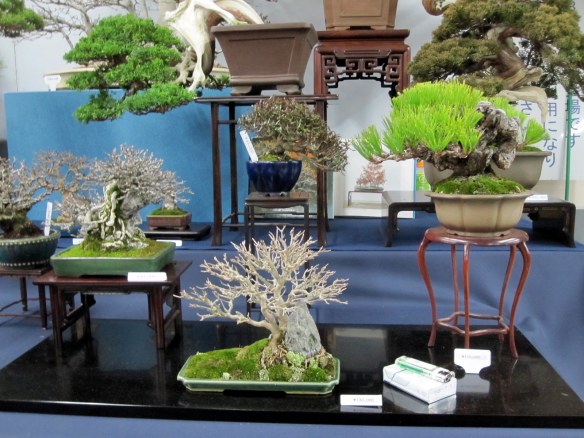


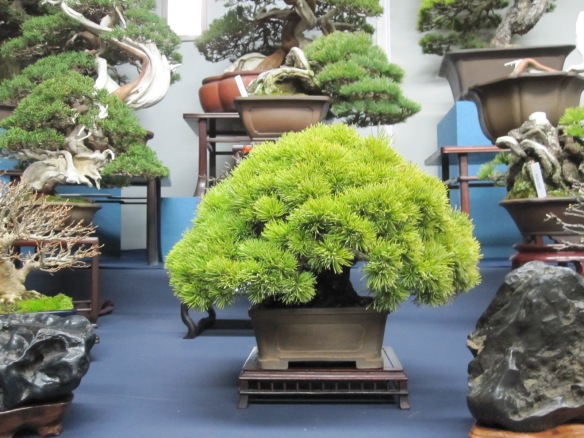
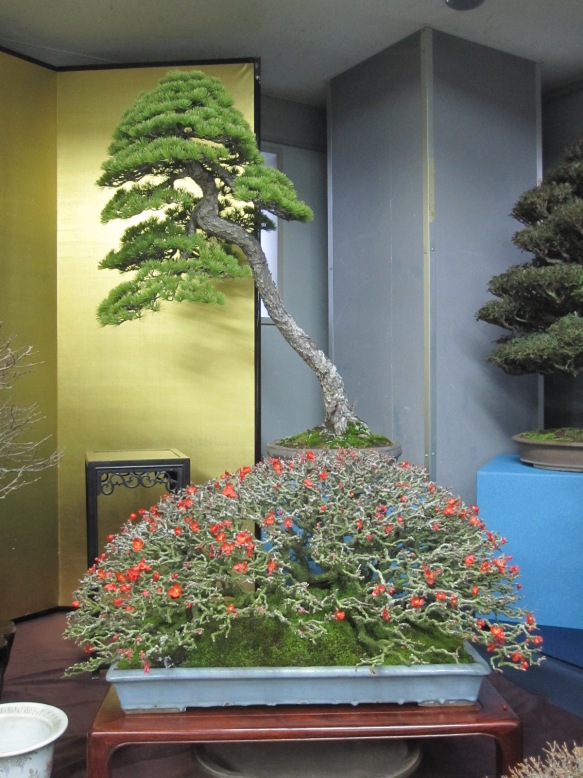
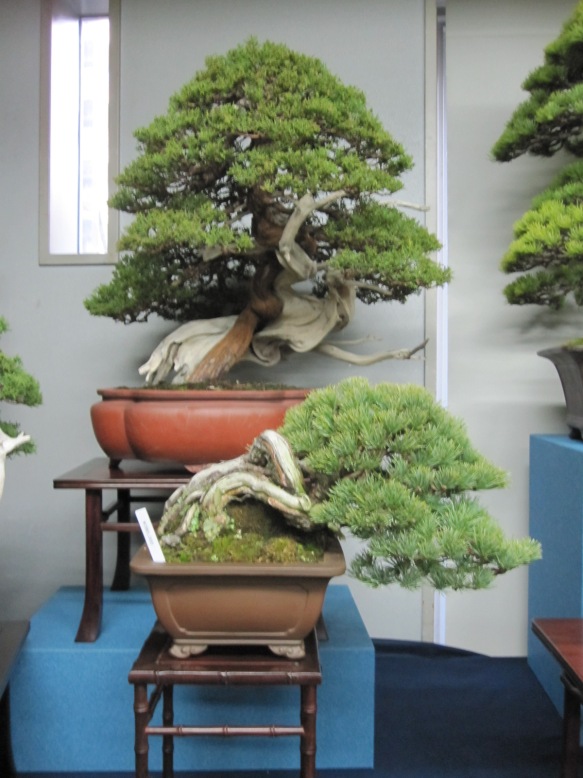
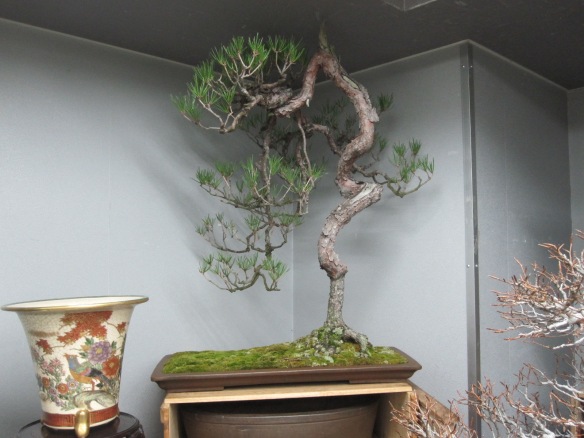

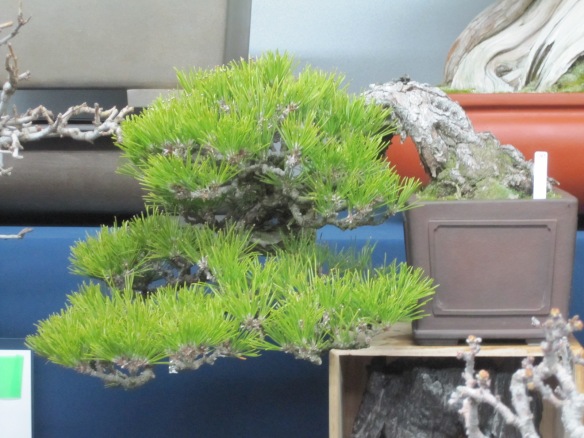

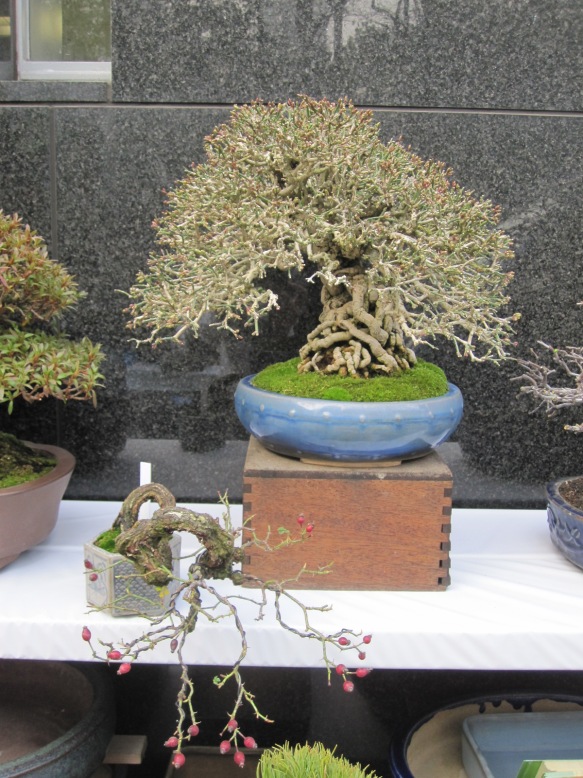

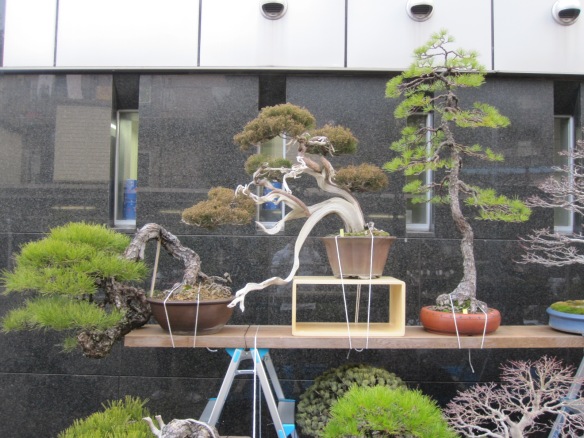
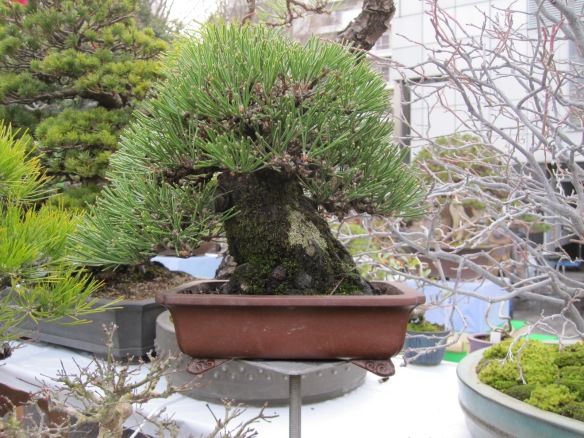
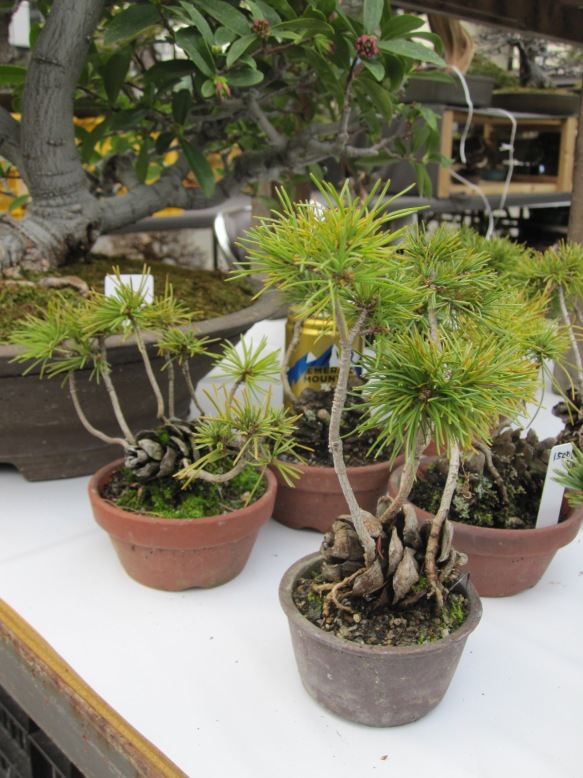

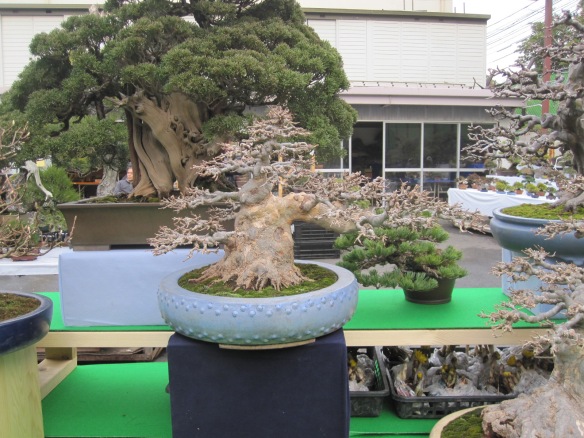
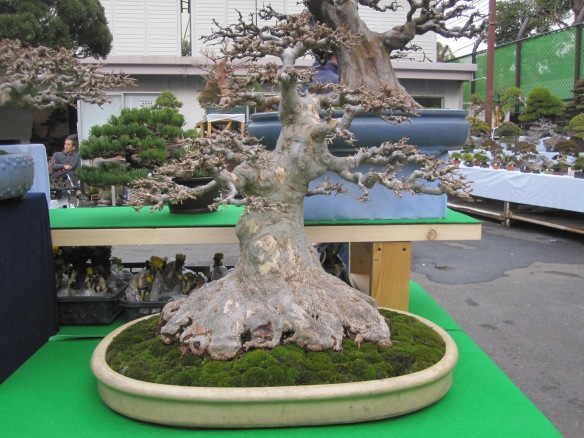

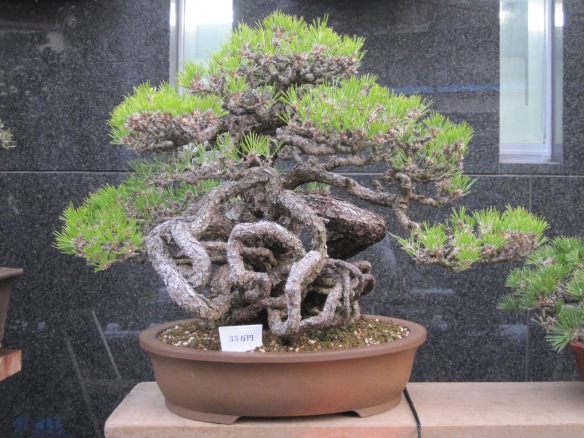
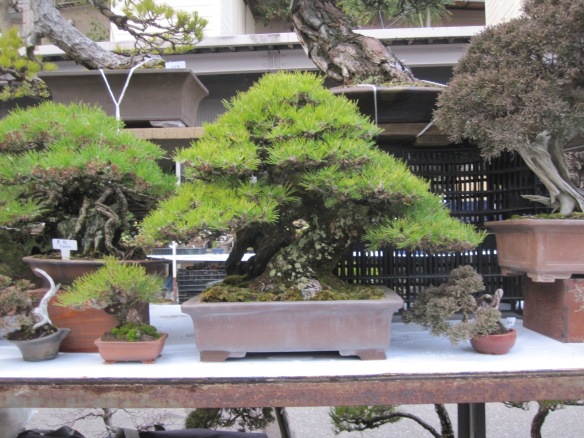


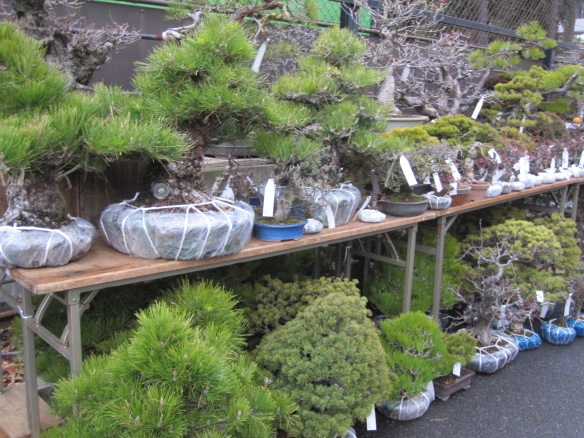
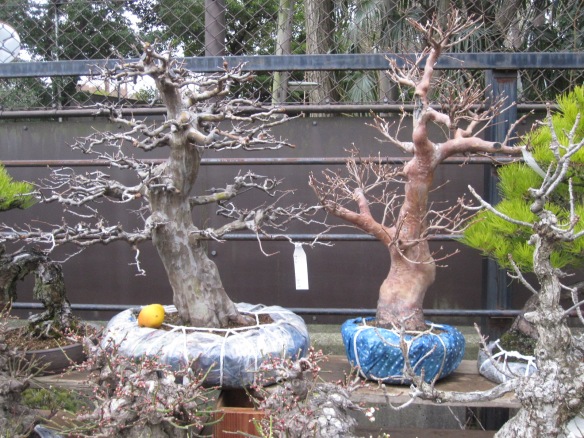


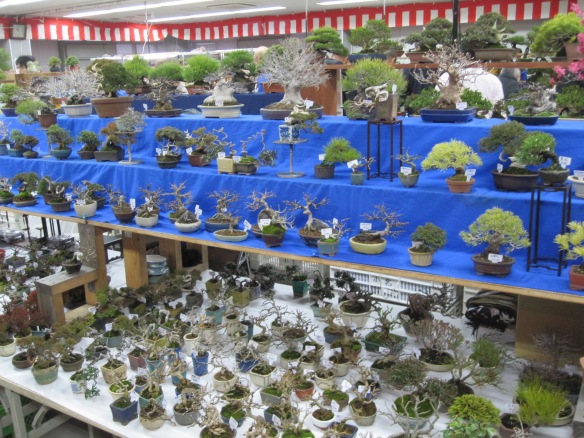
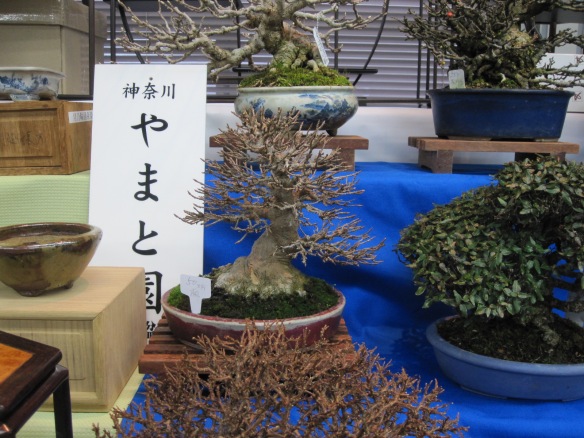
 The quantity and quality of the trees at the Green Club was unlike like anything thing I have ever seen in one location. As you can see there were not only big expensive trees but material at every stage of development. The more I walked around the more I was struck by the size of the bonsai industry in Japan and the number of businesses it supported. This left me with a question that I will try to answer in an upcoming post, What is fueling Japan’s bonsai industry and what can we learn from it?
The quantity and quality of the trees at the Green Club was unlike like anything thing I have ever seen in one location. As you can see there were not only big expensive trees but material at every stage of development. The more I walked around the more I was struck by the size of the bonsai industry in Japan and the number of businesses it supported. This left me with a question that I will try to answer in an upcoming post, What is fueling Japan’s bonsai industry and what can we learn from it?
Thanks for reading.

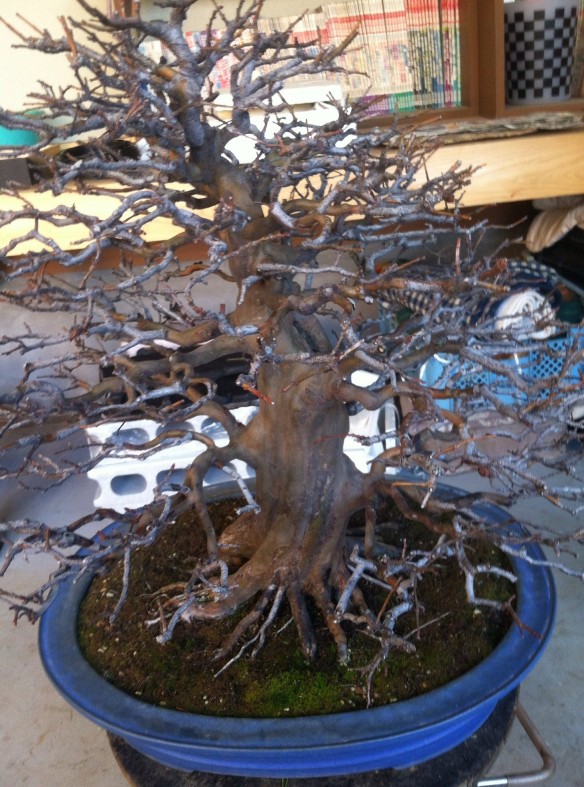
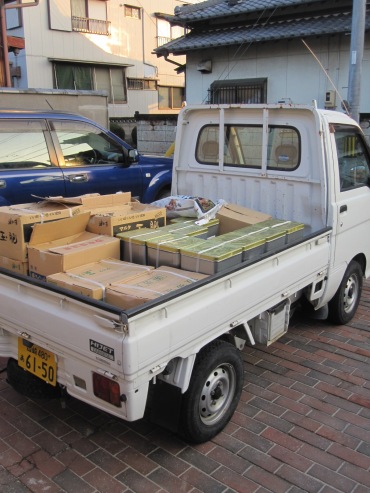
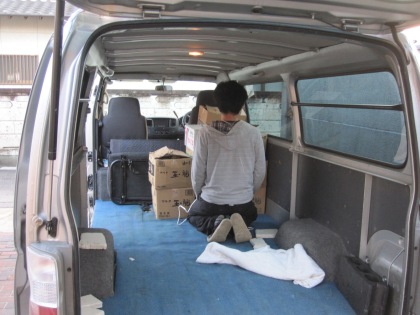
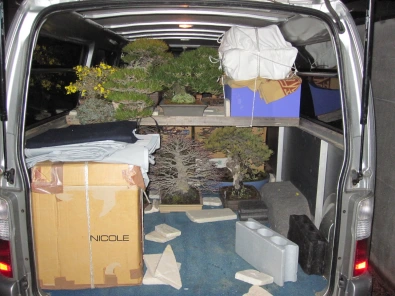
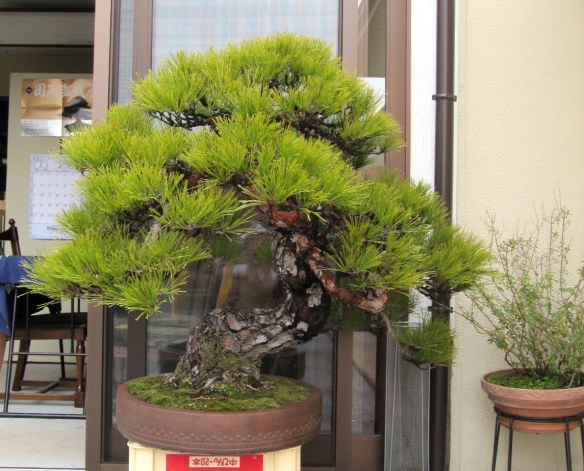
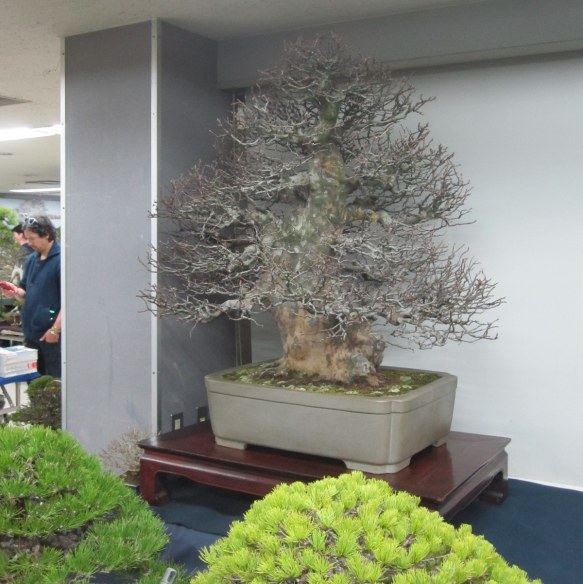
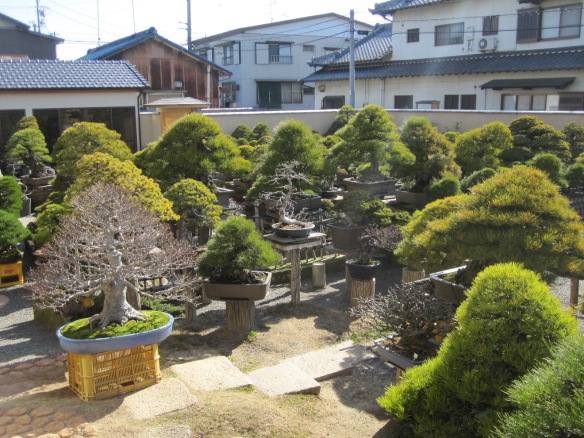

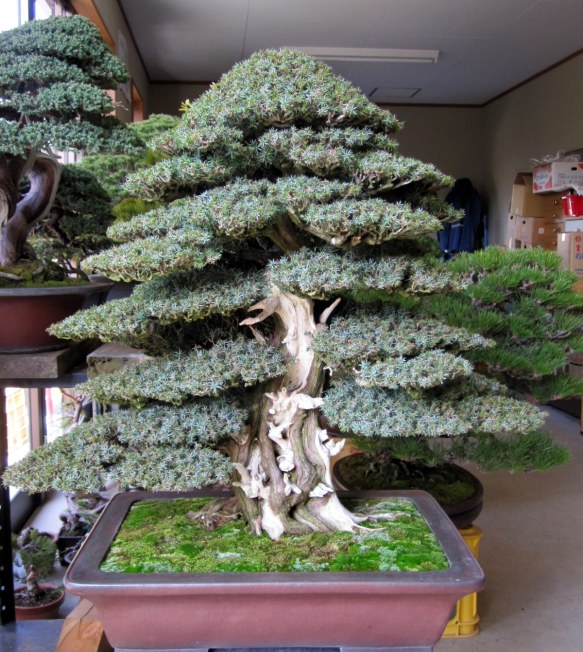
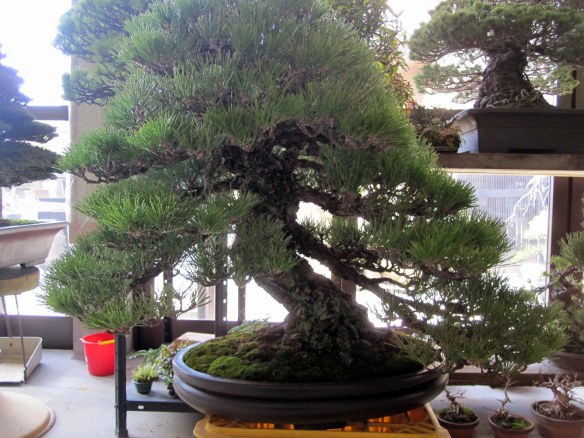
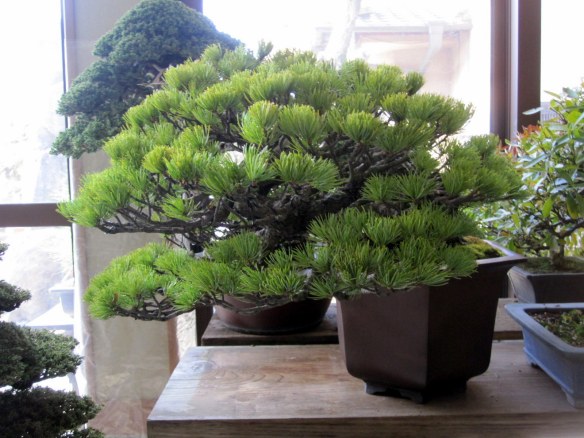
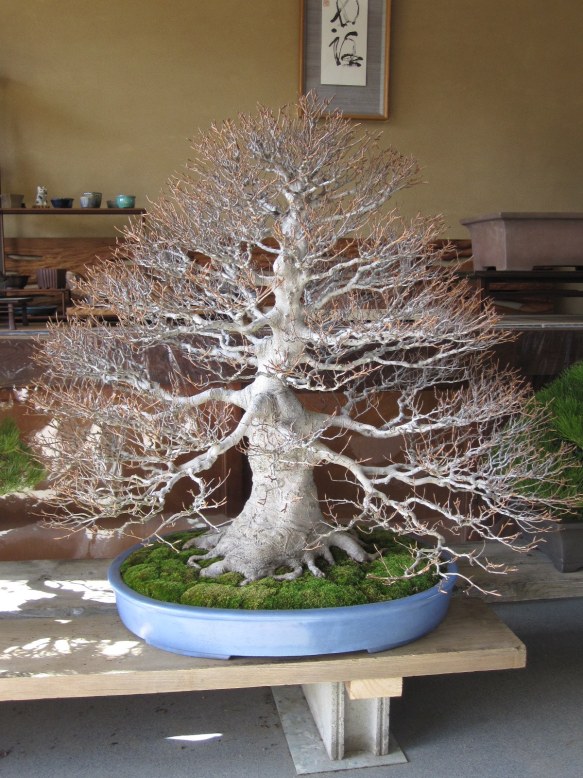
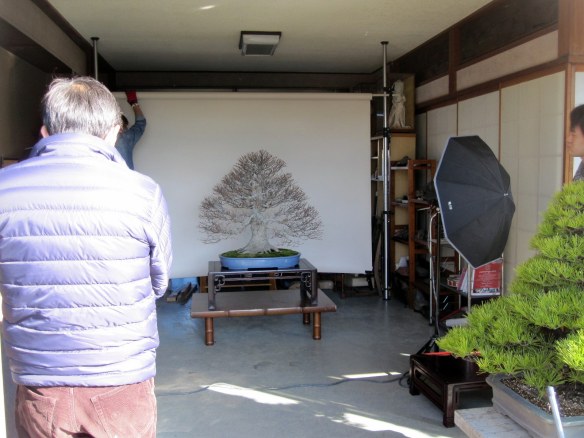
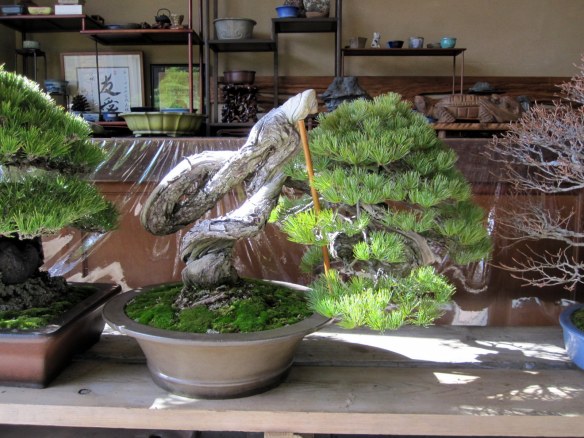
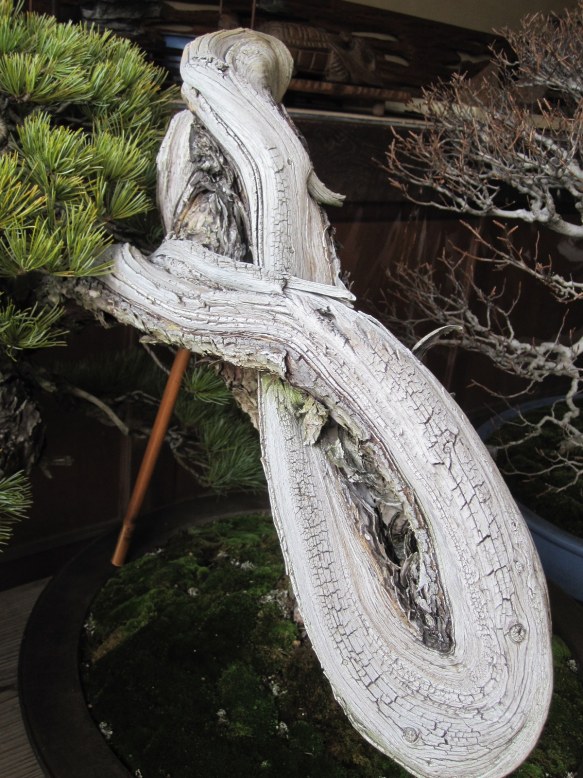
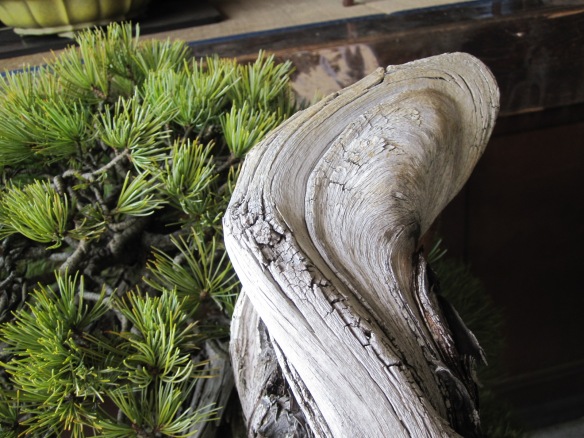

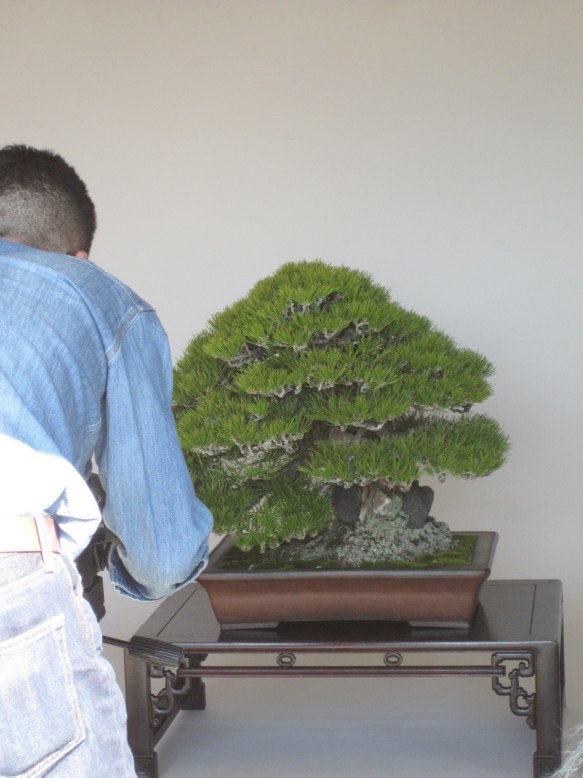


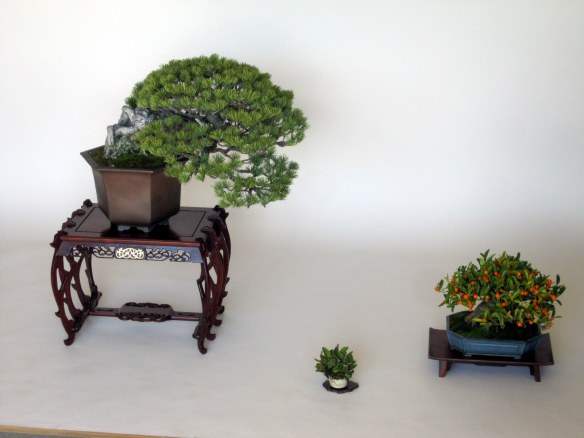
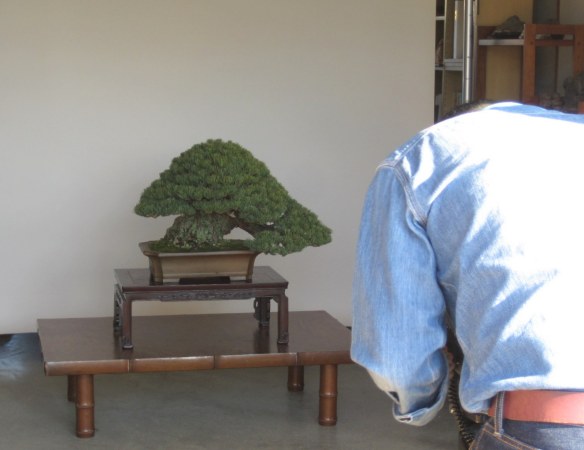
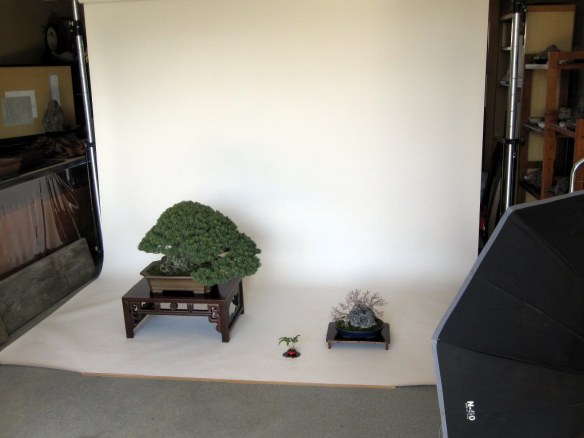

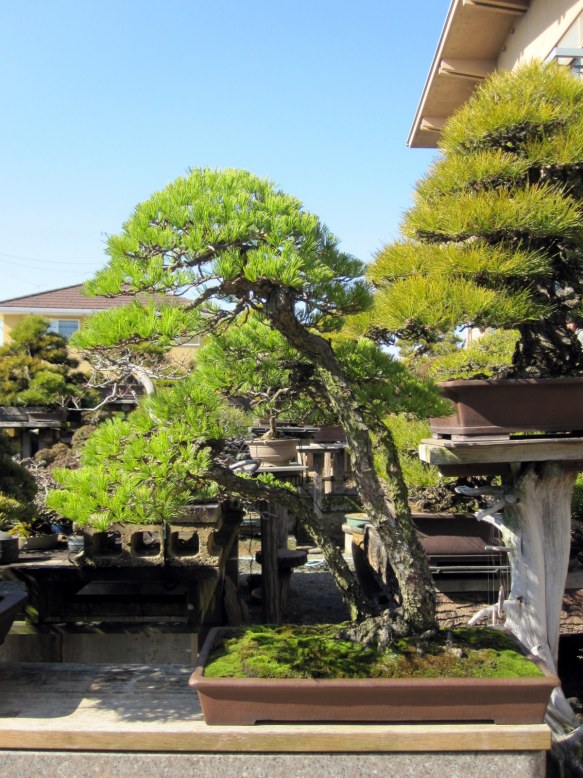



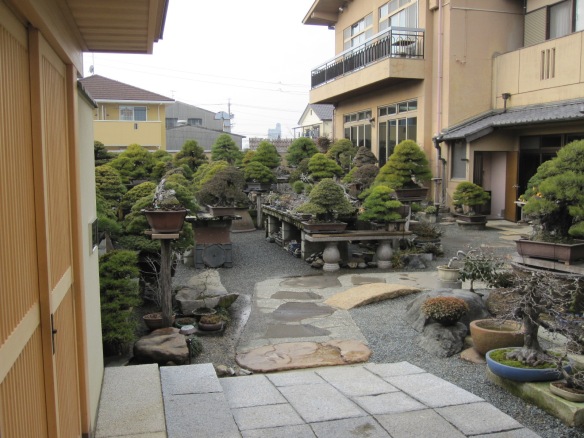

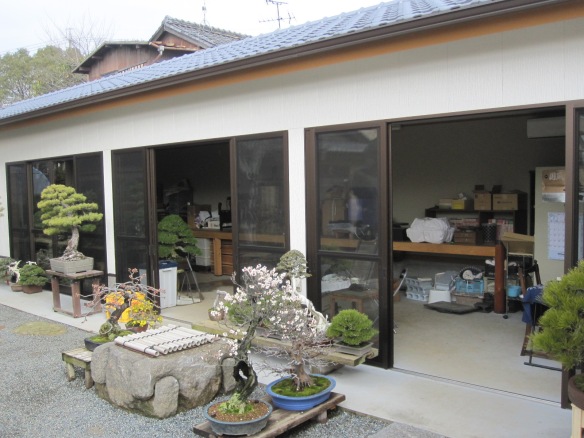
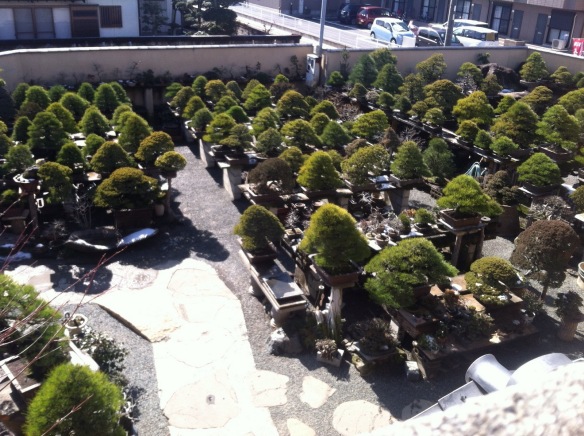
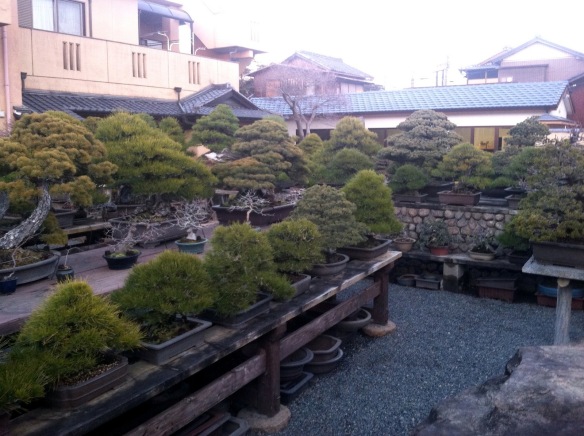

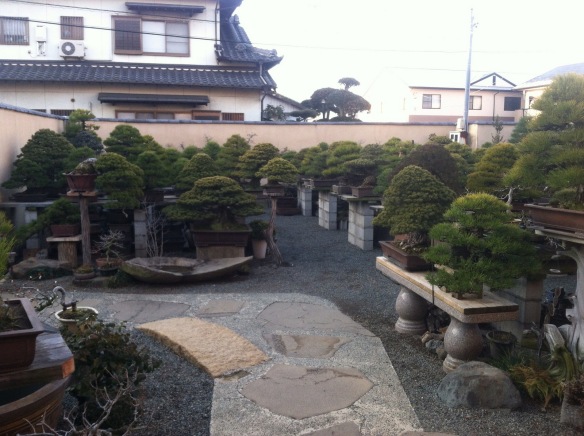
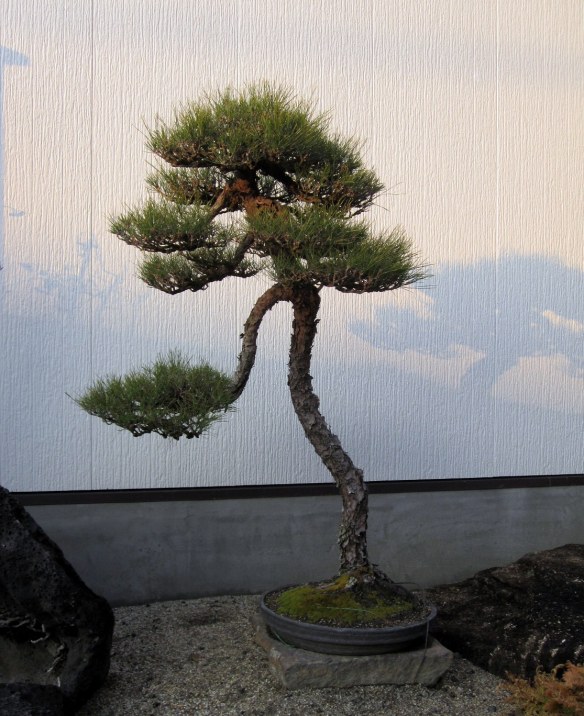

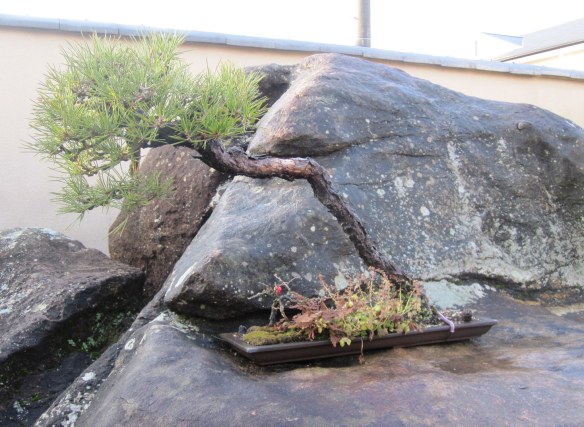
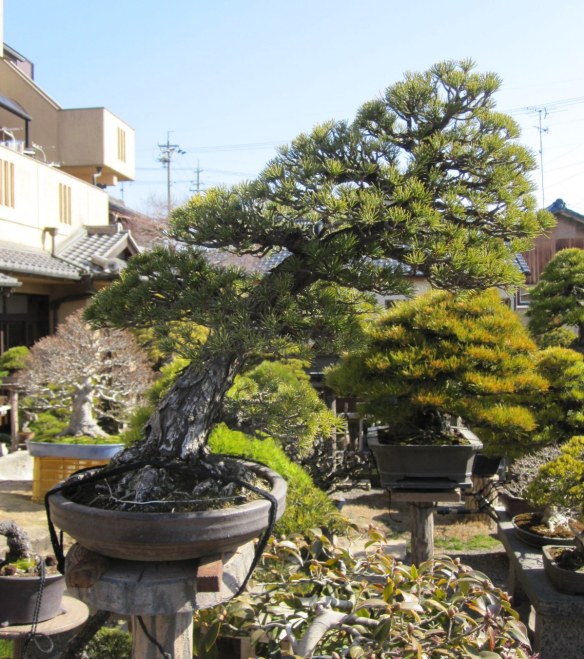
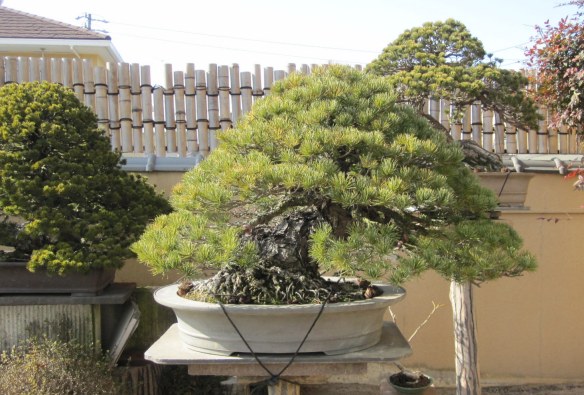

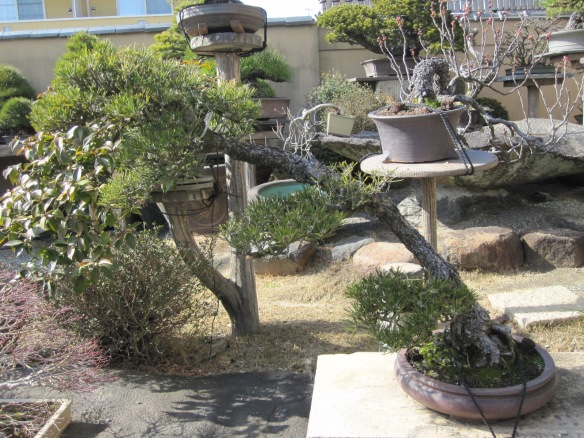

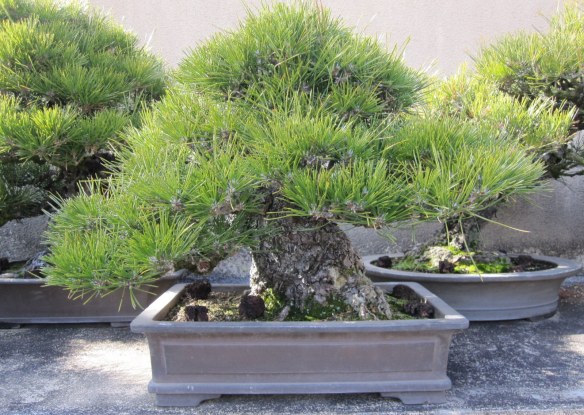
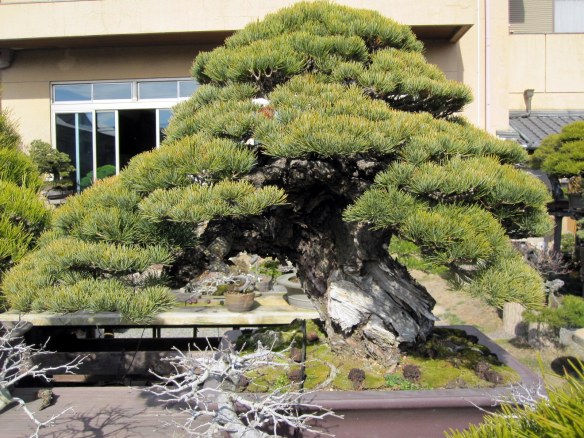
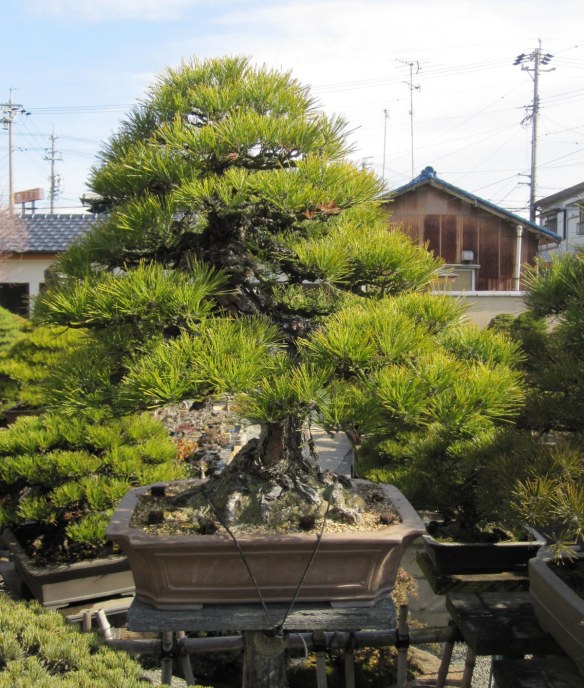
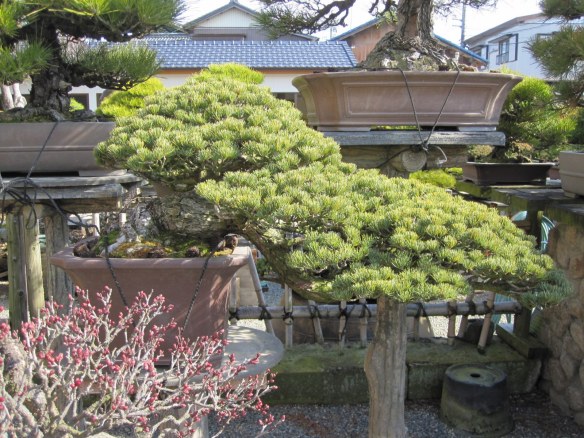
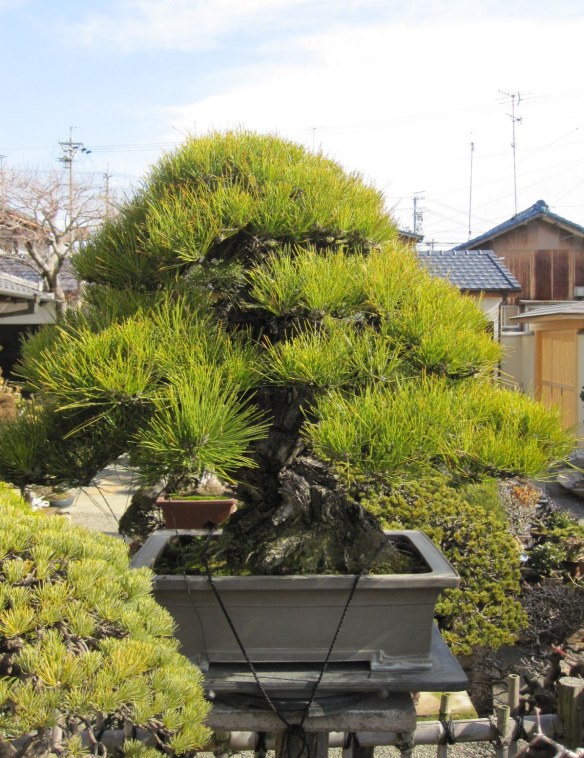
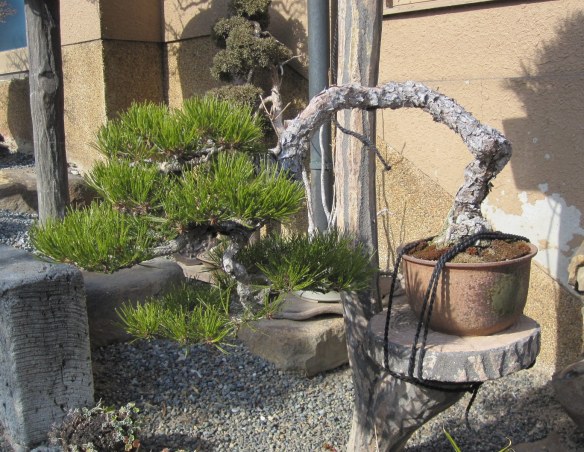


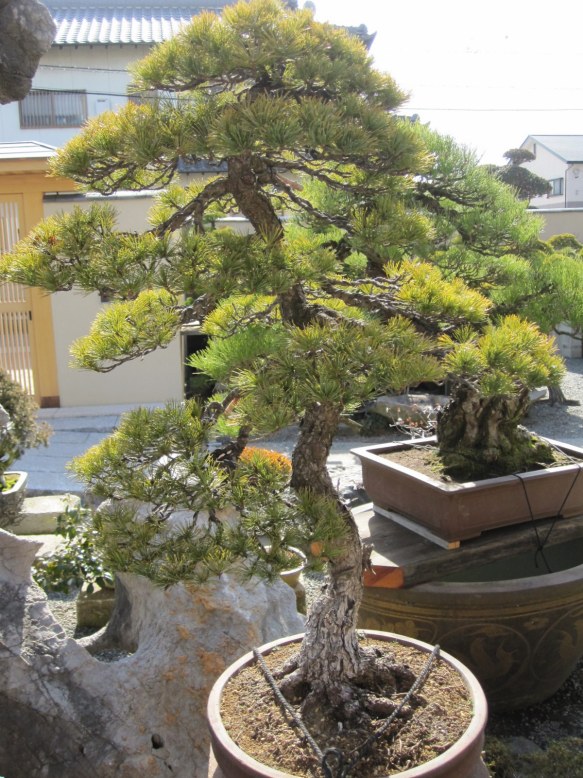
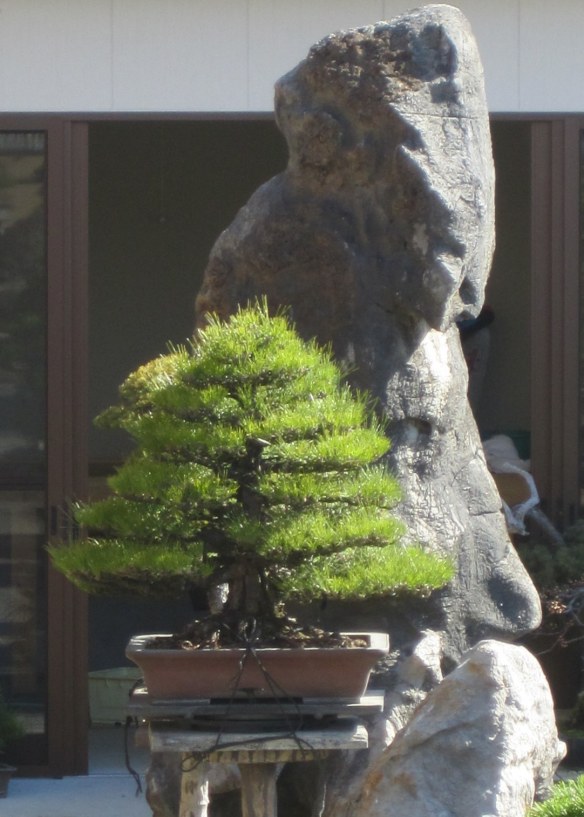
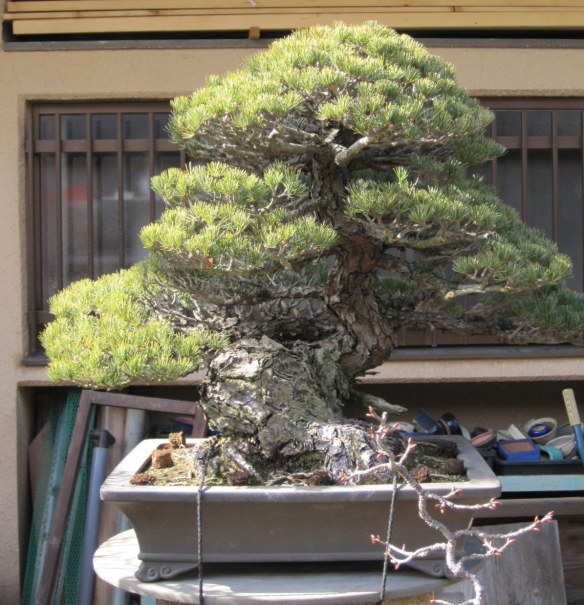


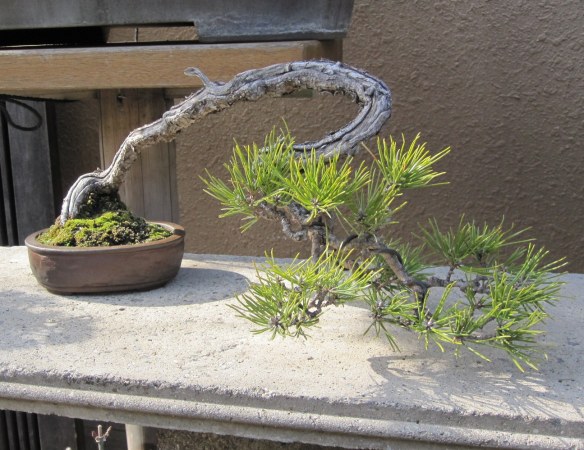
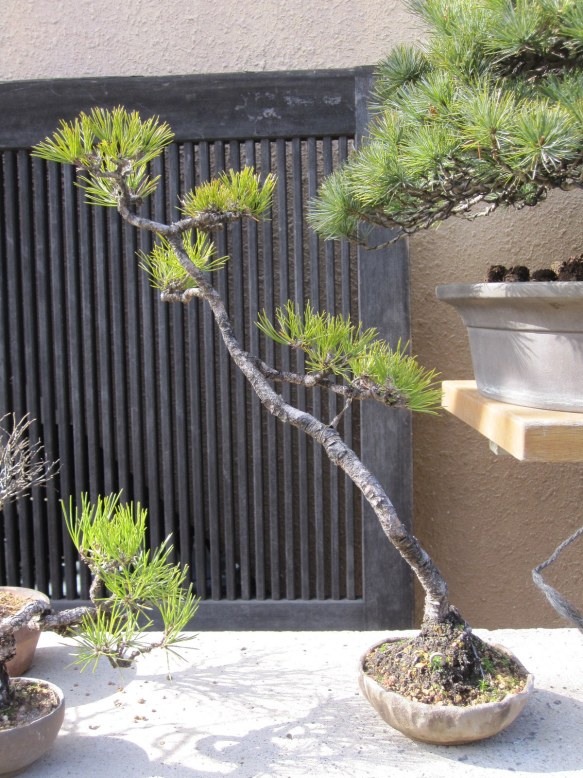
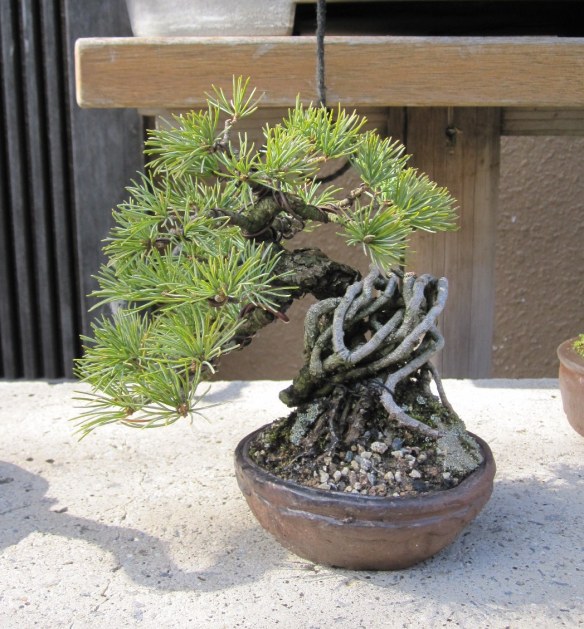


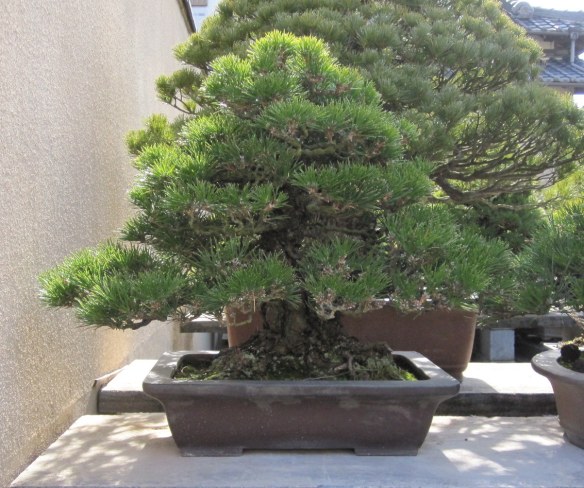


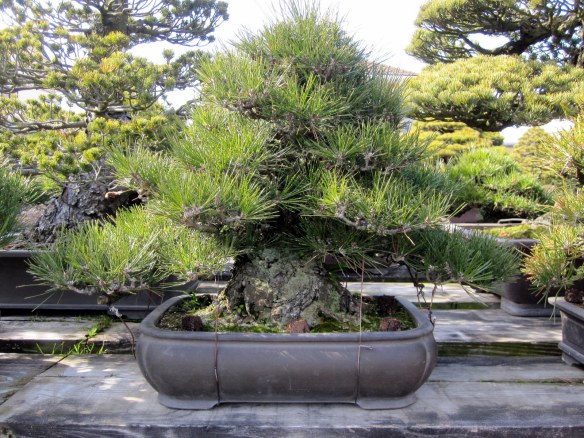
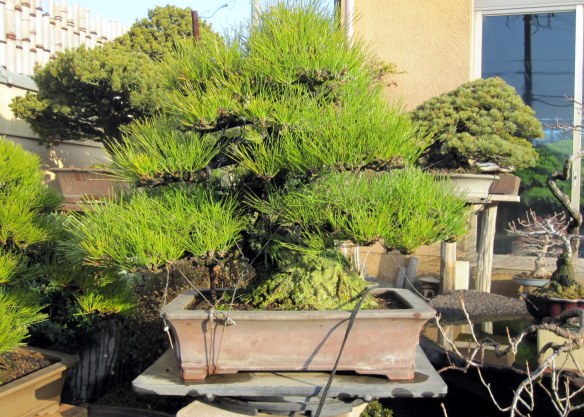
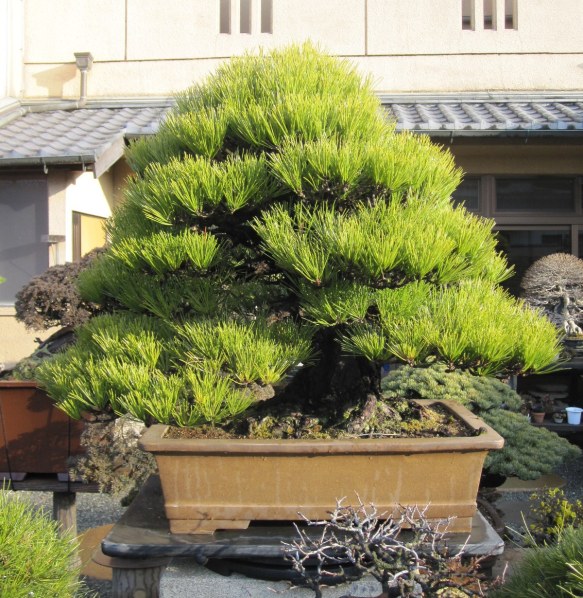

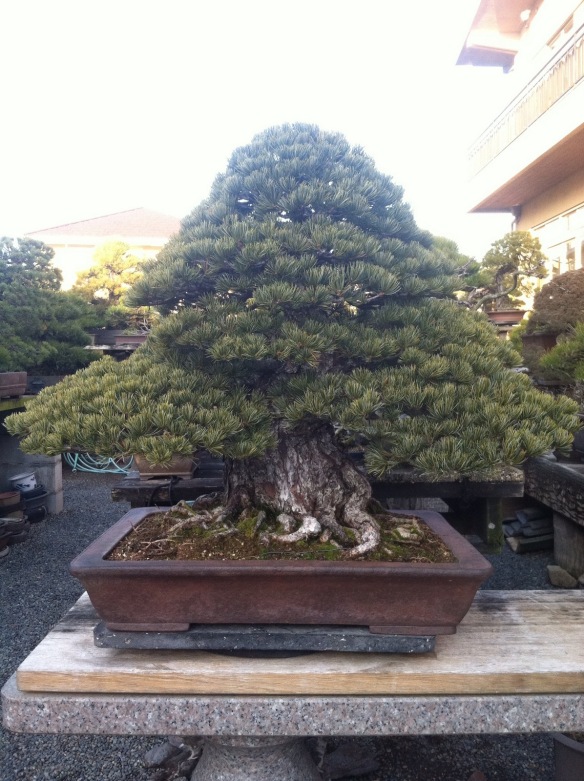
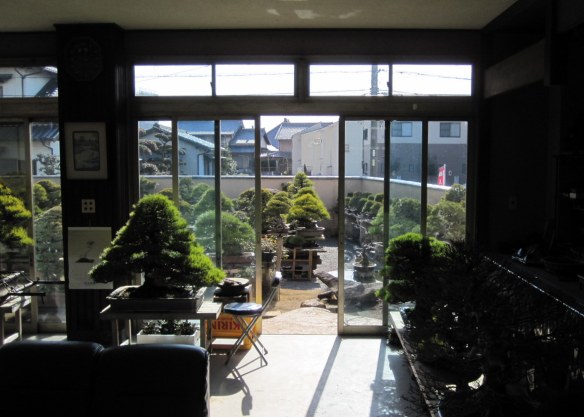

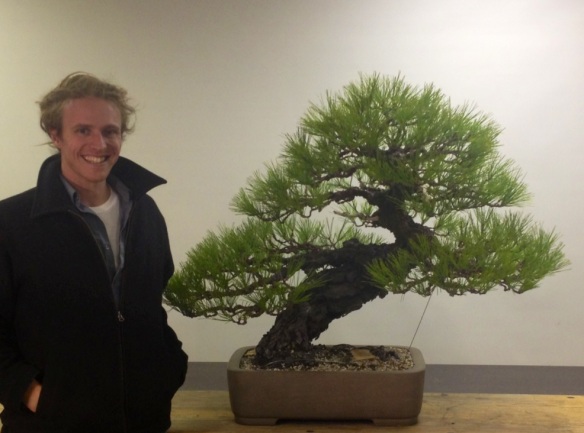

You must be logged in to post a comment.